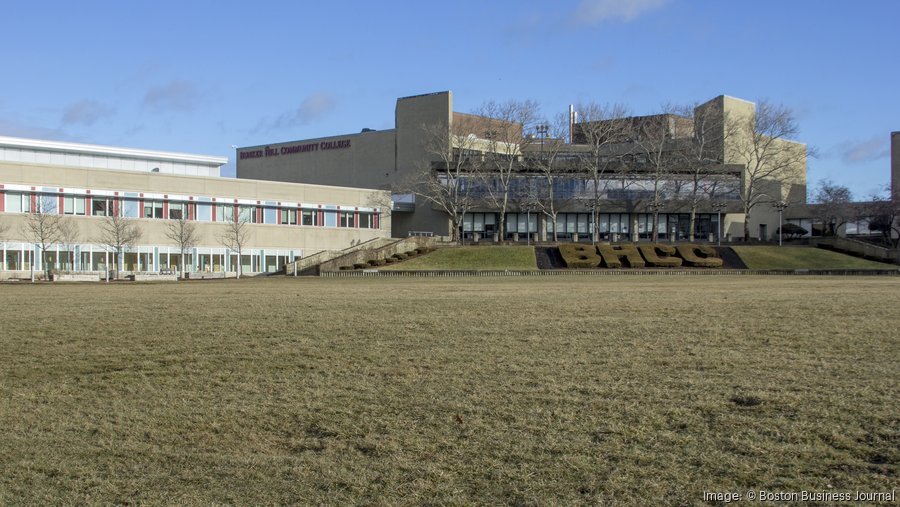America’s College Promise, the House Education and Labor Committee’s proposal for free community college, would create a robust federal funding strategy in higher education, but some states including Vermont, Massachusetts and Pennsylvania would also have to pay up.
To achieve tuition-free community college for eligible students, states will on average have to increase their investment by 12% or $387 per full-time equivalent student in the first year of the program, according to a recent analysis from The State Higher Education Executive Officers.
SHEEO estimates that 985 state-owned community colleges in all 50 states serving about 9.4 million students would qualify for the program. The program would work by using the median published in-state tuition and fee rate for the 985 eligible institutions, which was $4,586 in 2020, SHEEO said.
States with above-median tuition rates would either need to increase state support to offset the loss in tuition revenue or eliminate tuition without a corresponding increase in state funding, which would directly impact revenue and resources at the state’s two-year schools, SHEEO wrote. The federal match is most generous at the start of the program and is designed to decrease over the five-year program.
For many of the 29 states with tuition below the median rate, the program is a welcome boost to educate more of the population. Remaining funds after tuition is covered can be used to improve student outcomes or for financial aid at four-year public institutions.
Kathy Ulibarri, executive director of New Mexico Independent Community Colleges, said a federal program would help increase access to all eligible students in her state, where average community college tuition is $2,319. New Mexico implemented a lottery system to cover tuition at public institutions for residents in 2019.
“Often the resources that are available at the state level aren't sufficient to cover the tuition and fees for as many students who would qualify,” Ulibarri said. “Often it's first come, first serve until the money runs out.”
Meanwhile, some states with average tuition exceeding the national median rate take issue with the proposal as it’s currently structured. Nate Mackinnon, executive director of the Massachusetts Association of Community Colleges, told The Business Journals that while he supports the proposal overall, he takes issue with implementing a median tuition rate when costs of living and operating campuses vary by region. Massachusetts’ average tuition is $5,417, which would require the state to increase its contribution by 17% to meet the free-tuition obligation.
"Overall, our sense is that this is a great concept and it's taken us a long time as a country to recognize the value of community colleges," Mackinnon said. "That said, while the concept of free community college is something we are certainly supportive of, the devil is in the details. We are a very high cost of living area of the country. This legislation, as drafted, sets a fixed dollar so whether a student is in a state like Nebraska or North Dakota or California or Massachusetts, they all get the same amount per student."
Mackinnon said he plans to notify Congress about his concerns to "ensure that states that have higher costs of living and currently have lower (state) support have some sort of easier on-ramp to take advantage of the program."
"We will continue to talk to our delegation about how exciting this is to see a proposal for free community college," Mackinnon said. "And then if we can make some modest tweaks to it, it would probably be great for the Commonwealth of Massachusetts and other states as well. But as currently drafted, it negatively impacts some states more than others."
Vermont has the most expensive average community college tuition of $8,633, which would require the state to increase its annual investment by 142% to match the federal contribution and achieve free tuition. Meanwhile, the 29 states with tuition below the median rate would not have to increase their investments beyond inflation and enrollment, SHEEO found.
Still, advocates say that free community college could help the overall economy by providing access and educational opportunity to more people, especially in rural communities with lower rates of education.
“I feel as though community colleges are the on-ramp to the middle class,” said Tom Downs, coordinator for the Community and Technical College Consortium.
However, the entire plan is uncertain at this point as lawmakers debate cuts to the spending package. House Speaker Nancy Pelosi (D-Calif.) said in her weekly press conference Tuesday that she was “very disappointed” that the original $3.5 trillion package is being trimmed down, but said she remains optimistic. Pelosi said she would prefer to reduce the overall cost by shortening the duration of some programs while others in the party would prefer to do “fewer things well.”
Many in higher education fear that free community college will not make the final cut.
Free community college “definitely feels very at risk today,” said Kevin Carey, vice president for education policy and knowledge management at Washington, D.C., thinktank New America, and author of The End of College: Creating the Future of Learning and the University of Everywhere.





